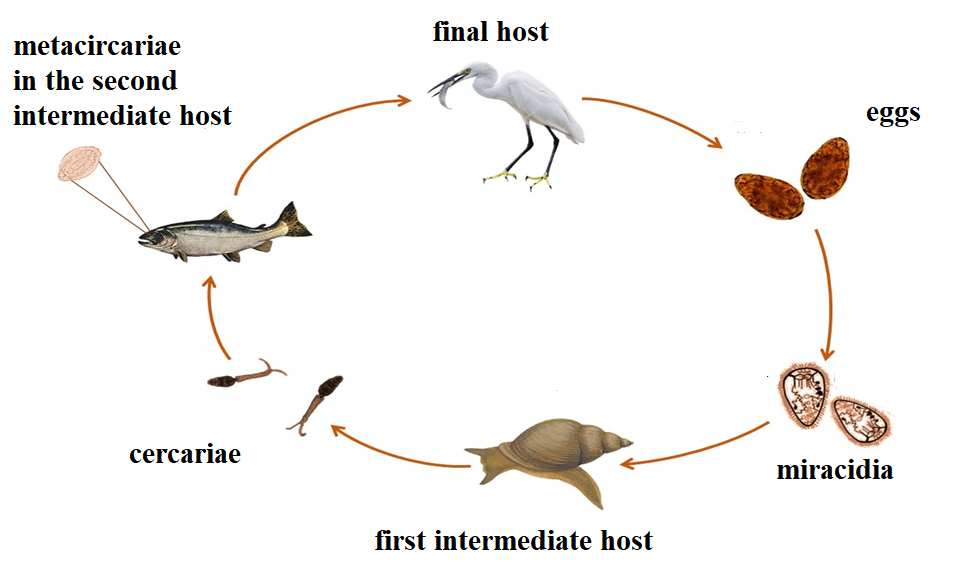
Increasing population densities of ecologically and commercially important animal species is one of the main objectives of ecosystem management. This task is especially difficult in biotopes with a large number of parasites and predators. The creation of safe habitats with lower mortality rates has long been considered beneficial for increasing the survival of populations in commercial fish farming and in the recovery of endangered species. However, the presence of areas of the environment with low mortality can sometimes pose a danger to the survival of the population.
In this study, a group of scientists, including employees of the A.N. Severtsov Institute of Ecology and Evolution RAS, revises the traditional concept of the positive role of shelters and addresses the role of behavior structuring (the ratio of “bold” and “timid” individuals) in the formation of population size in a hostile environment. A simple mathematical model was created in which organisms in a population use different tactics to defend themselves against natural enemies such as parasites and predators. The model predicts that although each refuge increases the survival rate of a particular organism, if there are not enough such areas, the overall mortality of the population will be higher. This effect is the result of the interaction of emerging dynamic behavioral structuring and strong intraspecific competition for safe zones. Non-plastic structuring of behavior reduces these negative effects. The work demonstrates the possibility of the emergence of non-plastic (stable) behavioral structuring: evolutionary branching of a monomorphic population, turning it into a dimorphic one, consisting of bold and timid individuals.
The theoretical results are applicable to the optimization of breeding conditions in aquaculture of salmon fish infected with trematodes. Mathematical modeling is supplemented by experimental results on the infection of rainbow trout (Oncorhynchus mykiss) with different behavioral stereotypes by the trematode Diplostomum pseudospathaceum under different environmental heterogeneity.
The results were published in the journal: Sandhu, S., Mikheev, V., Pasternak, A. Taskinen, J., Morozov A. Revisiting the role of behavior-mediated structuring in the survival of populations in hostile environments. Communications Biology 7, 93 (2024). https://doi.org/10.1038/s42003-023-05731-z
